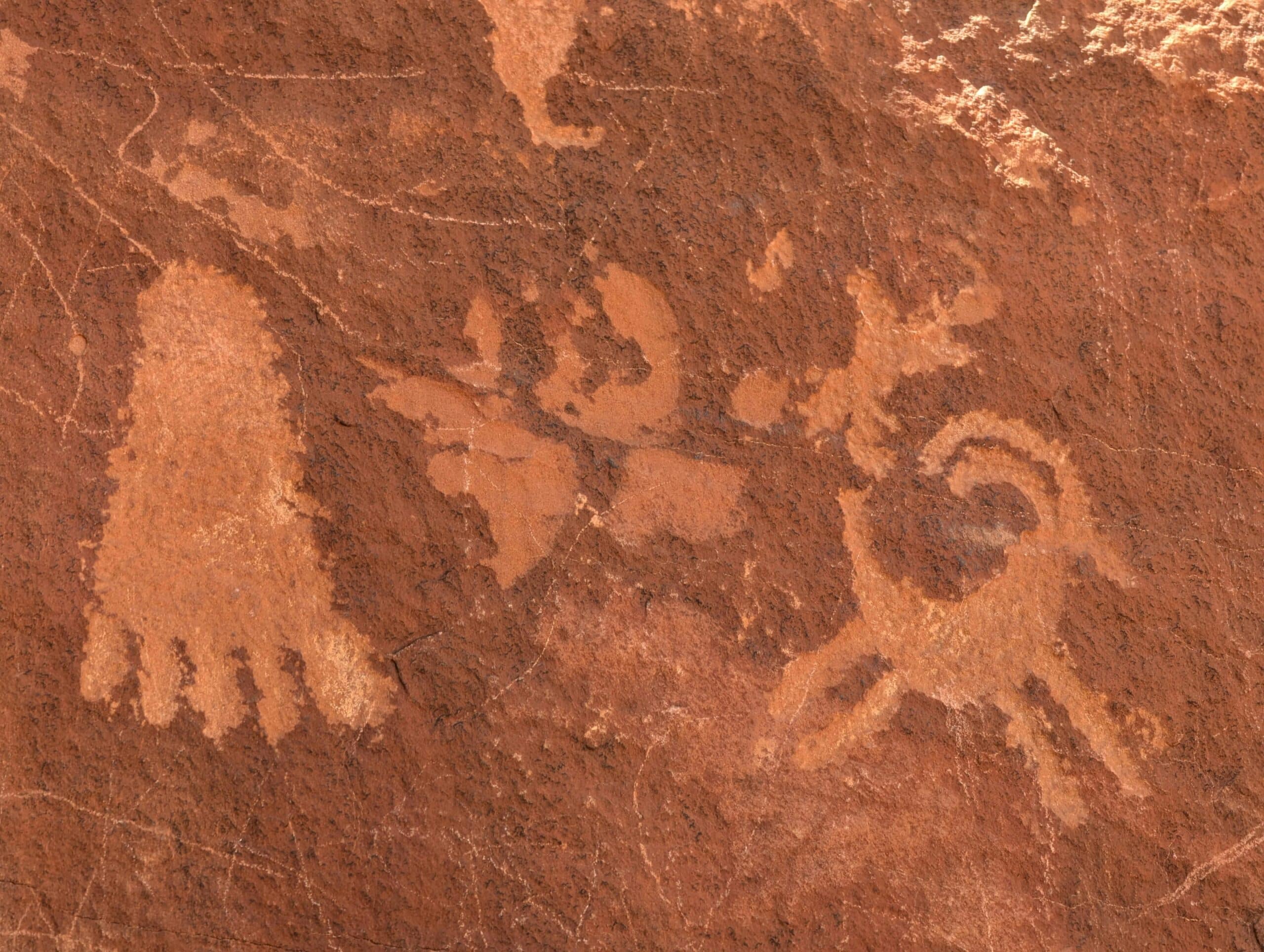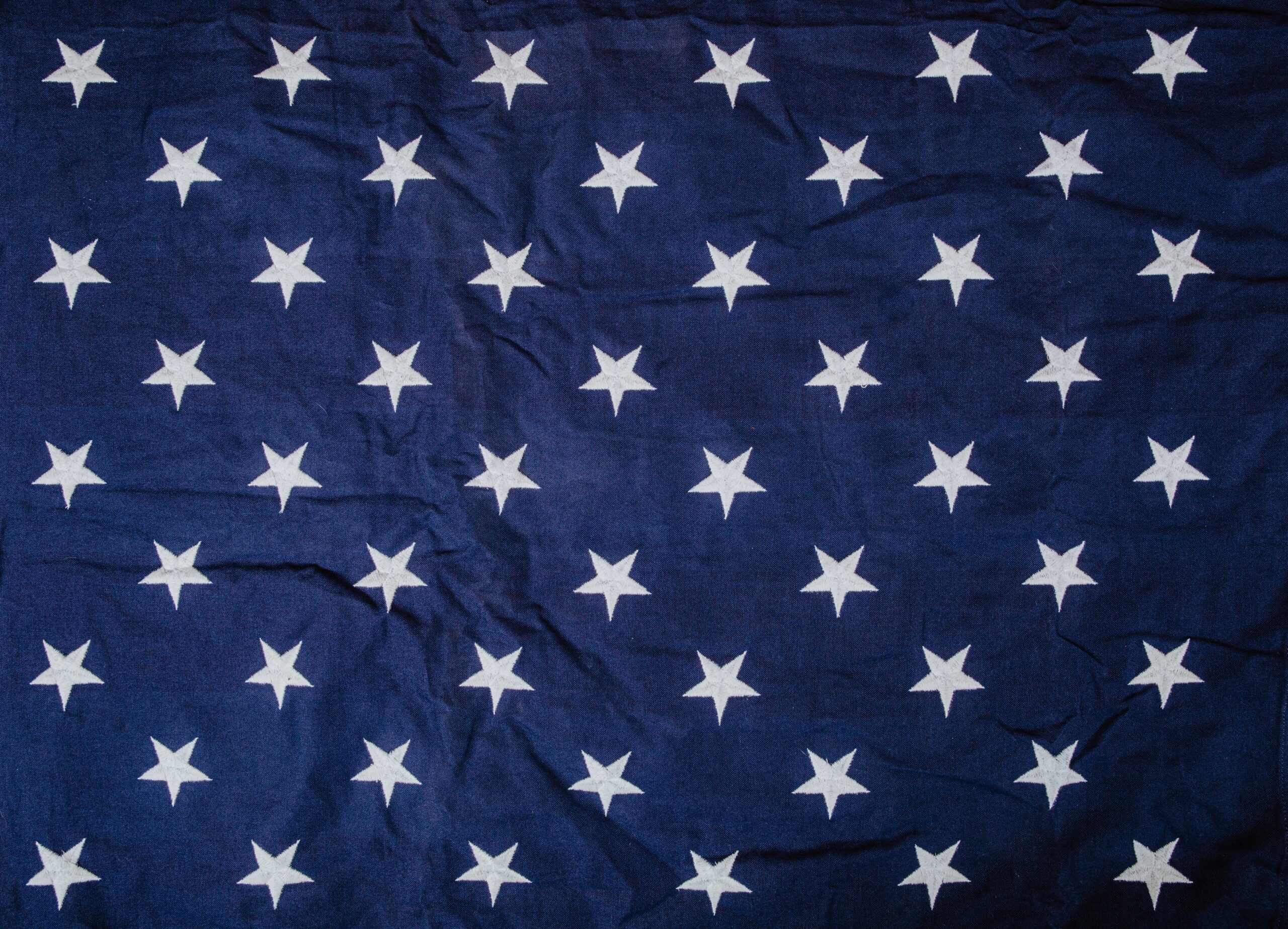


Central Question: How did the Transatlantic Slave Trade affect the peoples of Africa, Europe, and the Americas?
The Atlantic’s Triangle Trade and the Transatlantic Slave Trade that drove this system, radically transformed the Americas. A number of economic factors combined to spur the rapid expansion of the slave trade: Large amounts of land had been seized from Native Americans and could be used to cultivate cash crops, European nations were competing for dominance in the commodities trade, and very cheap labor was available — enslaved Africans. From 1500 to 1860, it is estimated that around 12 million enslaved Africans were traded to the Americas. The Americas became a booming new economy — and captive Africans and their descendants paid with their blood and sweat for the phenomenal expansion of the Americas.
For more background, read “The Origins of Slavery” on the Gilder Lehrman website (free login required) and “How Sugar Changed the World” on the LiveScience website.
Scholars understand and can fluently use the following Unit 2 Key Terms:
Scholars understand the role of the Transatlantic Slave Trade and enslaved African labor in the development of the colonial economy and can explain the role of Europeans and Africans in this system over time.
Preparation
Launch (2 minutes)
Watch (8 minutes)
Discuss (5 minutes)
Watch (6 minutes)
Discuss (4 minutes)
Homework
Central Question: Why did the Transatlantic Slave Trade expand so rapidly in the Americas?
The discovery of the New World boosted the European economy and marked the starting point of a new Atlantic economy based on large-scale plantation agriculture, driven by increasing demand for “luxury goods,” such as sugar, back in Europe. The exploitation of colonial land required millions of skilled laborers capable of tolerating the tropical climate that encompassed the vast region from the American South down to Brazil. The enslavement of Indians rapidly proved to be inefficient because the native population was hard to control and profoundly affected by European disease. The solution to the need for labor was the forced transportation to the colonies of poverty-stricken people, euphemistically called “indentured servants” or “engagés” in French. Europeans could not obviously count on their own “proletarians” who did not have the suited skills, especially when tropical agriculture was concerned. The final solution came from Africa where Europeans discovered a potential slave market at the time of their arrival in the middle of the fifteenth century. As a result of the slave trade, five times as many Africans arrived in the Americas as Europeans to sustain labor on sugar, tobacco, and rice plantations, and in mines in the Caribbean and South America.
For more background, read “The Atlantic Slave Trade” on the Whitney Plantation website.
Scholars understand and can fluently use the following Unit 2 Key Terms:
Scholars can apply their knowledge of world history to interpret original sources and use these sources to write clear, concise, and compelling claims about the growth of the Transatlantic Slave Trade.
Read and Write (8 minutes)
Discuss (10 minutes)
Give scholars 2 minutes to revise their main ideas or claims based on the discussion.
Teacher Feedback Guidance
Central Question: Why did the Transatlantic Slave Trade expand so rapidly in the Americas?
Scholars can plan and draft clear and compelling written arguments that answer a historical question with strong theses and evidence that supports or proves their theses.
Outline (15 minutes)
Draft (15 minutes)
Teacher Feedback Guidance
Central Question: Why did the Transatlantic Slave Trade expand so rapidly in the Americas?
Scholars revise their essays based on individualized teacher feedback to make their essays stronger and clearer and understand how to use their feedback to grow as writers.
Preparation
Homework
Teacher Feedback Guidance
Central Question: Why did lifelong slavery based on race develop in colonial America?
At the beginning of the 17th century, both rich and poor Britons saw the newly established American colonies as a land of opportunity. As changes in England’s economy and word of hardships in America stemmed the flow of white indentured servants, English planters brought more enslaved Africans to America to raise their profitable tobacco, sugar, and rice crops and to provide other forms of labor in the North. Gradually, laws were enacted that defined legal status by race, ensuring that Africans and their descendants would be slaves. The impact of this new institution of racial slavery was felt by everyone, North and South, black and white, the enslaved and the enslaver.
For more background, read “The Birth of Race-Based Slavery” on the Slate website.
Scholars understand and can fluently use the following Unit 2 Key Terms:
Scholars understand the early characteristics of slavery and indentured servitude in British America and New Amsterdam and can explain the reasons that race-based laws and customs were created to enforce the slave status of Africans.
Launch (2 minutes)
Watch (12 minutes)
Discuss (3 minutes)
Homework
Central Question: How did individuals experience the Middle Passage to the Americas?
Although it is important to consider the economic system that facilitated the Atlantic slave trade, the sheer scale of the trade can obscure the experiences of individuals. Over the course of four centuries, it is estimated that more than 12.5 million Africans were taken from Africa. Due to the brutal conditions on the Middle Passage, historians estimate that only 10.7 million of the captives survived.
For more background, read “African Immigration to Colonial America” on the Gilder Lehrman Institute of American History website (free login required).
Scholars understand and can fluently use the following Unit 2 Key Terms:
Scholars understand the scale, conditions, and impact of the Middle Passage and can explain the experiences of the individuals aboard these ships.
Preparation
Launch (2 minutes)
Watch (5 minutes)
Discuss (3 minutes)
Homework
Central Question: How did Africans and African Americans resist slavery throughout the Americas?
Slave resistance began in British North America almost as soon as the first enslaved Africans arrived in the Chesapeake region in the early 17th century. As one historian has put it, “slaves ‘naturally’ resisted their enslavement because slavery was fundamentally unnatural.” Forms varied, but the common denominator in all acts of resistance was an attempt to claim some measure of freedom against an institution that defined people fundamentally as property. The most common forms of resistance were passive, or covert, acts of cultural resistance or defiance of the daily restrictions endured by enslaved people. At times, individuals and groups were able to coordinate enough power to engage in acts of more active resistance, like running away and organizing maroon colonies, and even in open acts of rebellion.
For more background, read “Slave Resistance” on the National Humanities Center website and the Whitney Plantation’s Marronage and Revolts summaries.
Scholars understand and can fluently use the following Unit 2 Key Terms:
Scholars can apply their knowledge of world history to interpret original sources and use these sources to write clear, concise, and compelling claims about African and African American resistance to colonial slavery.
Read and Write (8 minutes)
Discuss (10 minutes)
Give scholars 2 minutes to revise their main ideas or claims based on the discussion.
Teacher Feedback Guidance
Central Question: How did Africans and African Americans resist slavery throughout the Americas?
Scholars can plan and draft clear and compelling written arguments that answer a historical question with strong theses and evidence that supports or proves their theses.
Outline (15 minutes)
Draft (15 minutes)
Teacher Feedback Guidance
Central Question: How did Africans and African Americans resist slavery throughout the Americas?
Scholars revise their essays based on individualized teacher feedback to make the essays stronger and clearer and understand how to use feedback to grow as writers.
Preparation
Homework
Teacher Feedback Guidance
Central Question: How did Africans and African Americans shape colonial New York?
Throughout history, New York has defined itself as the capital of American liberty, the freest city in the nation — it’s the largest, most diverse, most economically ambitious, and most open to the world. It was also, paradoxically, for more than two centuries, the capital of American slavery. As many as 20 percent of colonial New Yorkers were enslaved Africans. During the colonial period, 41 percent of the city’s households had slaves, compared to six percent in Philadelphia and 2 percent in Boston. Only Charleston, South Carolina, rivaled New York in the extent to which slavery penetrated everyday life. But, too often, the story of slavery in New York is told only from the perspective of those who profited from enslaved people. The rediscovery of Manhattan’s African Burial Ground added immense historical value by drawing attention to the forgotten history of some of the first Africans in America and providing new evidence to understand their lives and collective role in shaping colonial New York.
For more background, read the History section on the Slavery in New York website.
Scholars understand and can fluently use the following Unit 2 Key Term:
Scholars understand the role of enslaved and free Africans and African Americans in colonial New Amsterdam and New York and can explain how these individuals and communities shaped the economy and culture of the city over time.
Launch (2 minutes)
Watch (9 minutes)
Discuss (4 minutes)
Watch (10 minutes)
Discuss (10 minutes)
Homework
Central Question: How did Africans and African Americans respond to the conditions of slavery in New York?
Slavery was an institution in New York City, much more so than in other Northern cities. It was widespread, deeply entrenched, and supported by a network of laws, customs, and attitudes. In New York, a city always focused on business and trade, white colonists largely shared the conviction that slave labor was essential to the prosperity of individuals, families, and the city as a whole. In slavery, as in any institution, people showed a range of behavior. At one extreme were slave owners who beat their slaves mercilessly. At the other were owners who, maybe for their own benefit, educated their slaves or used punishment sparingly. Far more typically, white people who owned slaves worked them hard, used physical punishment, separated family members from one another, and denied them rights that white colonists took for granted.
For more background, read “The History of Slavery in New York,” published by the New York Historical Society.
Scholars understand the role of free and enslaved Africans and African Americans in the development of Northern colonies and New York City and can explain the passive and active resistance to Northern racism and slavery.
Preparation
Launch (2 minutes)
Watch (9 minutes)
Discuss (4 minutes)
Homework
Central Question: How should the legacy of the enslaved Africans of New York be memorialized?
In early 2016, officials confirmed the discovery of a new African Burial site in East Harlem. The site, at East 126th Street and First Avenue, was formerly used as a bus depot. The burial ground dates back to 1660 when the village of New Harlem was incorporated and the Low Dutch Reformed Church of Harlem was built at the corner of First Avenue and 126th Street. A portion of the property — a one-quarter-acre lot — was set aside as a segregated cemetery, called the Negro Burying or Harlem African Burial Ground, which was used from the mid-17th to the mid-19th century. It holds the remains of free and enslaved people of African descent. Now a memorial site much like downtown Manhattan’s African Burial Ground National Monument is being planned for the site.
For more background, explore the East Harlem Preservation website.
Scholars understand key features of memorial artwork at the existing African Burial Ground site and plan artwork of their own that represents the legacy of African peoples in New York.
Preparation
Launch (2 minutes)
Examine (8 minutes)
Discuss (5 minutes)
Teacher Feedback Guidance
Central Question: How should the legacy of the enslaved Africans of New York be memorialized?
Scholars use their project plans to create memorial artwork grounded in historical and contemporary sources that represents the legacy of African peoples in New York.
Preparation
Homework
Teacher Feedback Guidance
Central Question: How should the legacy of the enslaved Africans of New York be memorialized?
Scholars create memorial artwork that represents the legacy of African peoples in New York and share their pieces with classmates.
*To access all articles on the Newsela website, you must create a free account.
Prompts: Scholars may choose one of the following prompts about Big Ideas in American history.
Project Menu: Scholars may then choose to respond to the prompt chosen above with one of the formats outlined below.
resources
Access a wide array of articles, webinars, and more, designed to help you help children reach their potential.

ES PBL Grade 2: Brooklyn Bridge
Educator
Curriculum
Elementary School
2nd
PBL

ES PBL Grade 3: Iroquois and Lenape
Educator
Curriculum
Elementary School
3rd
PBL

Grade 1: PBL School – How It Works!
Educator
Curriculum
Elementary School
1st
PBL

Grade 4: PBL A Nation is Born
Educator
Curriculum
Elementary School
4th
PBL
NEWSLETTER
"*" indicates required fields
